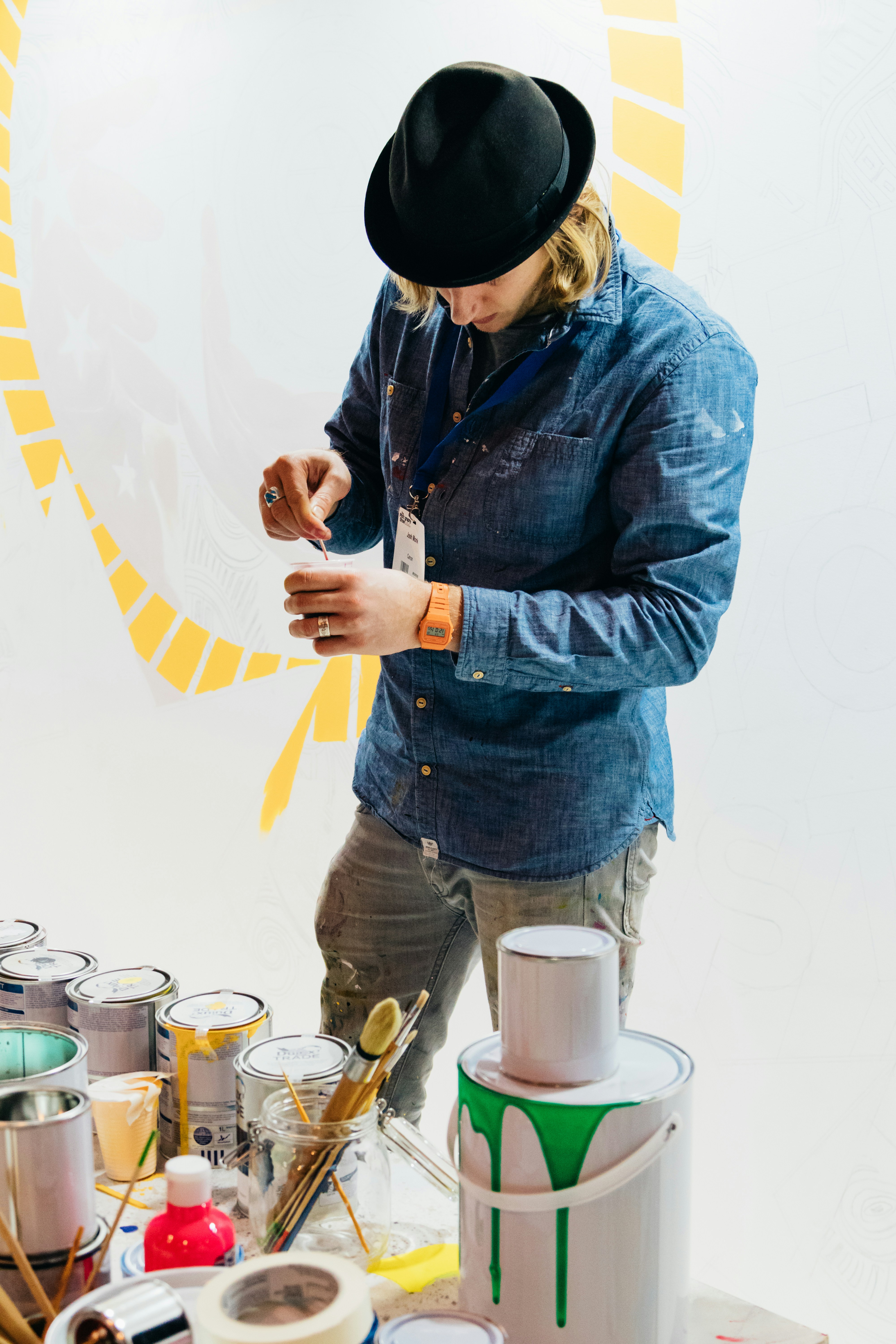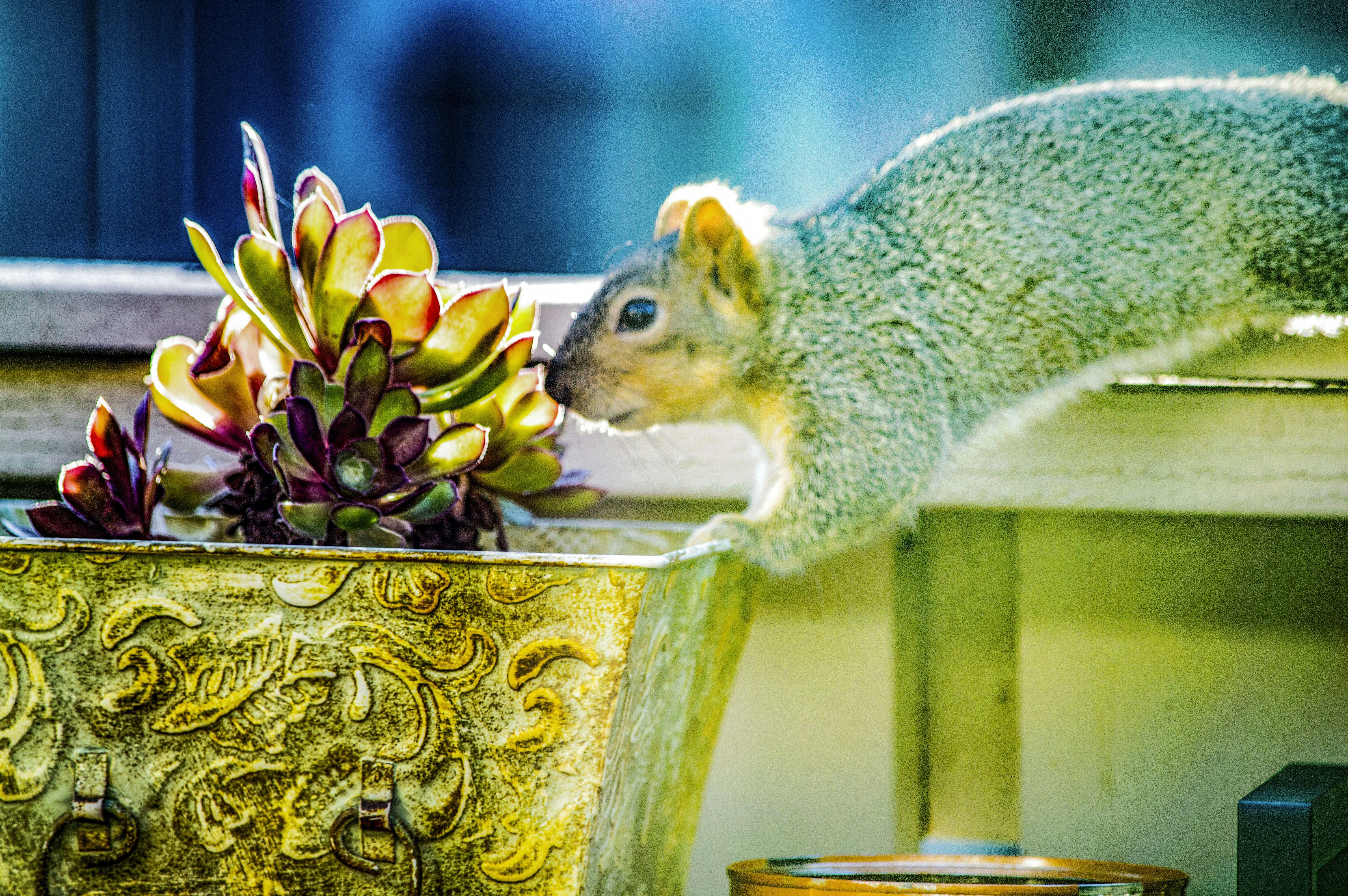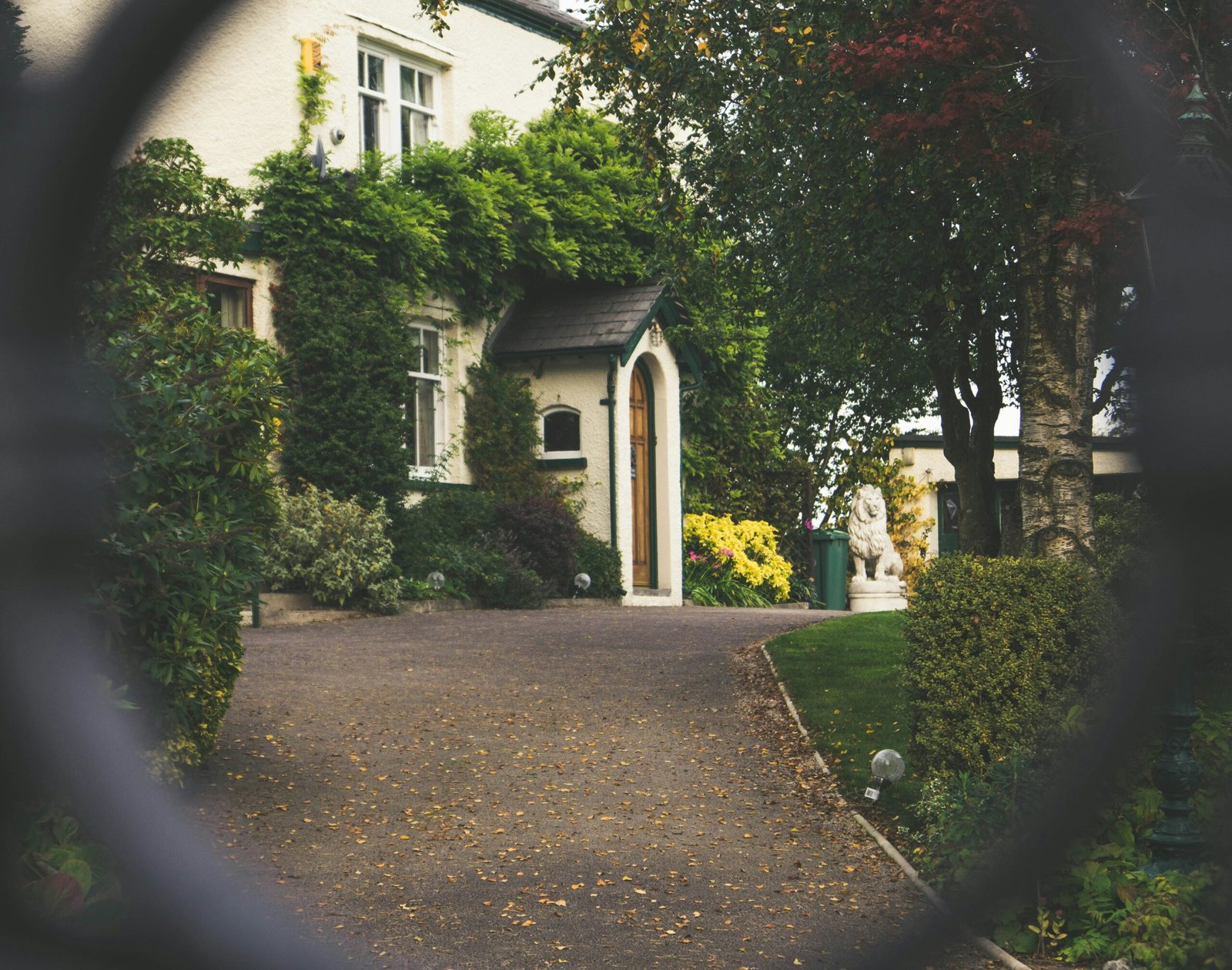Understanding the Importance of Precision in Color Matching
In the realm of professional painting, precision in color matching is not merely a preference; it is a necessity that directly influences the outcome of a project. Accurate color matching holds significant importance because it affects both the visual appeal of the finished work and the overall satisfaction of the client. When painters strive for a precise color match, they ensure that the hues selected align seamlessly with the client’s vision, leading to a more harmonious environment.
Moreover, in today’s market, consumers have increasingly elevated expectations regarding quality and detail. In an age driven by personalization, clients often have specific colors in mind, which they envision within their spaces. Thus, when painters fail to provide the exact shade or tone, even the slightest deviation can lead to disappointment, impacting the client’s experience and trust in the professional’s ability.
The psychological aspects of color perception further complicate the undertaking of accurate color matching. Colors evoke emotions and can dramatically alter one’s perception of a space. For instance, warm colors might create a sense of comfort and intimacy, while cool colors may instill tranquility. If an incorrect shade is applied, the intended emotional response may be undermined, leading to an unsatisfactory result. Understanding this emotional impact reinforces the necessity of precision in color matching for professionals.
In summary, the role of precision in color matching extends beyond mere aesthetics; it serves as a cornerstone for achieving client satisfaction and maintaining professional standards. With consumers demanding an exceptional level of detail and nuance in their chosen colors, professional painters must prioritize accurate color matching to uphold their reputation and fulfill client expectations effectively.
The Tools and Techniques of Modern Color Matching
In the realm of professional painting, achieving accurate color matching is essential. Modern tools and techniques play a significant role in accomplishing this task to a high standard. Among the most notable devices are colorimeters and spectrophotometers, both of which allow for precise measurement of color. Colorimeters assess the color attributes of a surface based on its reflective qualities, providing painters with immediate data that can be used for paint formulation. Conversely, spectrophotometers measure light at various wavelengths, offering a more comprehensive analysis of color, including depth and undertones. These tools are invaluable for professionals seeking to replicate colors with precision.
In addition to advanced measuring devices, software applications designed for color analysis have revolutionized the way painters approach their work. Many software programs can generate color formulas compatible with a wide variety of paint lines, facilitating the matching process and saving time for the painter. These applications allow users to digitize color samples and provide a visualizer function to see how different shades will appear in real-world scenarios. For optimal performance, it is essential for painters to familiarize themselves with these software solutions and understand their data outputs.
Although modern technology greatly enhances color matching capabilities, traditional methods still hold significant value. Techniques such as mixing and eye-matching have evolved but remain crucial. Experienced painters often leverage their skills in blending colors by mixing paint directly to achieve the desired shade. Eye-matching, while more subjective, involves visual comparison that can still yield satisfactory results, particularly when paired with modern tools. For effective application of both approaches, painters should maintain a thorough understanding of color theory and practice continual refinement of their skills.
Combining traditional craftsmanship with contemporary technology ensures that painters can meet their client’s needs for accurate and vibrant colors in every project. By employing these tools and techniques effectively, achieving perfect color matches can become a reliable aspect of a painter’s repertoire. As the industry continues to progress, staying updated on innovations in color matching will remain essential for professionals looking to enhance their services in the ever-evolving landscape of painting.
Common Challenges in Color Matching and How to Overcome Them
Color matching remains one of the most intricate tasks faced by professional painters. Various factors can complicate the process, making it challenging to achieve the desired results. One significant issue is lighting conditions. Different types of lighting can alter color perception, creating discrepancies between the chosen color sample and the final outcome. To combat this, painters should evaluate their work environment under various lighting conditions. Utilizing natural daylight where possible can provide a clearer view of the color’s true appearance.
Surface texture is another critical factor that influences color matching. Paint may appear differently on rough versus smooth surfaces due to absorption and reflection variances. To address this challenge, painters can conduct small test patches on the actual surfaces to see how the paint interacts with them. Adjusting application techniques, such as using different rollers or brushes, can also help ensure a more uniform finish, regardless of the surface texture.
Existing color variations can pose yet another hurdle. Walls or surfaces may have previously painted areas that have faded or changed due to wear and environmental exposure. A practical solution is to use a color spectrophotometer, a device that can help accurately measure and replicate existing shades. Many professional painters recommend maintaining a well-stocked selection of base paints to help create custom shades as needed.
Real-world experiences illustrate the importance of a methodical approach to color matching. For instance, a seasoned painter shared a successful strategy of laying out color swatches in various lights throughout the day to find the best match. Another noted that utilizing digital apps that simulate paint colors on different surfaces aids in minimizing guesswork. These insights underscore the importance of adaptability and resourcefulness when faced with common color matching challenges.
Future Trends in Color Matching for Professional Painters
The painting industry is on the brink of a technological transformation that promises to revolutionize the way professionals approach color matching. By 2025, emerging technologies will significantly enhance the accuracy and efficiency with which painters achieve the desired hues in their projects. One of the foremost developments is the integration of artificial intelligence (AI) in color matching systems. These AI-driven technologies can analyze a vast array of colors and suggest precise matches tailored to a specific client’s needs. This level of sophistication allows painters to go beyond basic matching and enhance overall client satisfaction, as customers increasingly desire detailed and unique color options.
In addition to AI, virtual reality (VR) is set to become an invaluable tool in the color matching process. By utilizing VR, painters will be able to visualize how different colors interact within a given space before applying any paint. This immersive experience enables clients to see potential outcomes in real-time, making it easier for them to make informed decisions about their color choices. As this technology becomes more prevalent, clients will expect a level of customization and foresight that was previously unattainable, thereby raising industry standards for color matching.
Professionals in the painting business must adapt to these advancements to remain competitive. Staying informed about the latest tools and technologies will provide painters with an edge in meeting client expectations that continue to evolve with new market demands. Workshops, training programs, and industry events focusing on these innovations will be essential for painters looking to harness the full potential of AI and VR in their practice. The ability to proficiently integrate these tools into daily operations will not only enhance a painter’s capabilities but also redefine the client’s experience in selecting the perfect shades for their projects.
If you’re interested in purchasing the item you seek, please click the link for additional details: #americanachoice.
https://amzn.to/3SBN3Oy
AFFILIATE DISCLOSURE: I am an affiliate for this company, I am not a paid employee.
I may receive a commission if you click a link on this page and choose to purchase something.
You can rest assured I will only share things I believe in and will be valuable to you.



